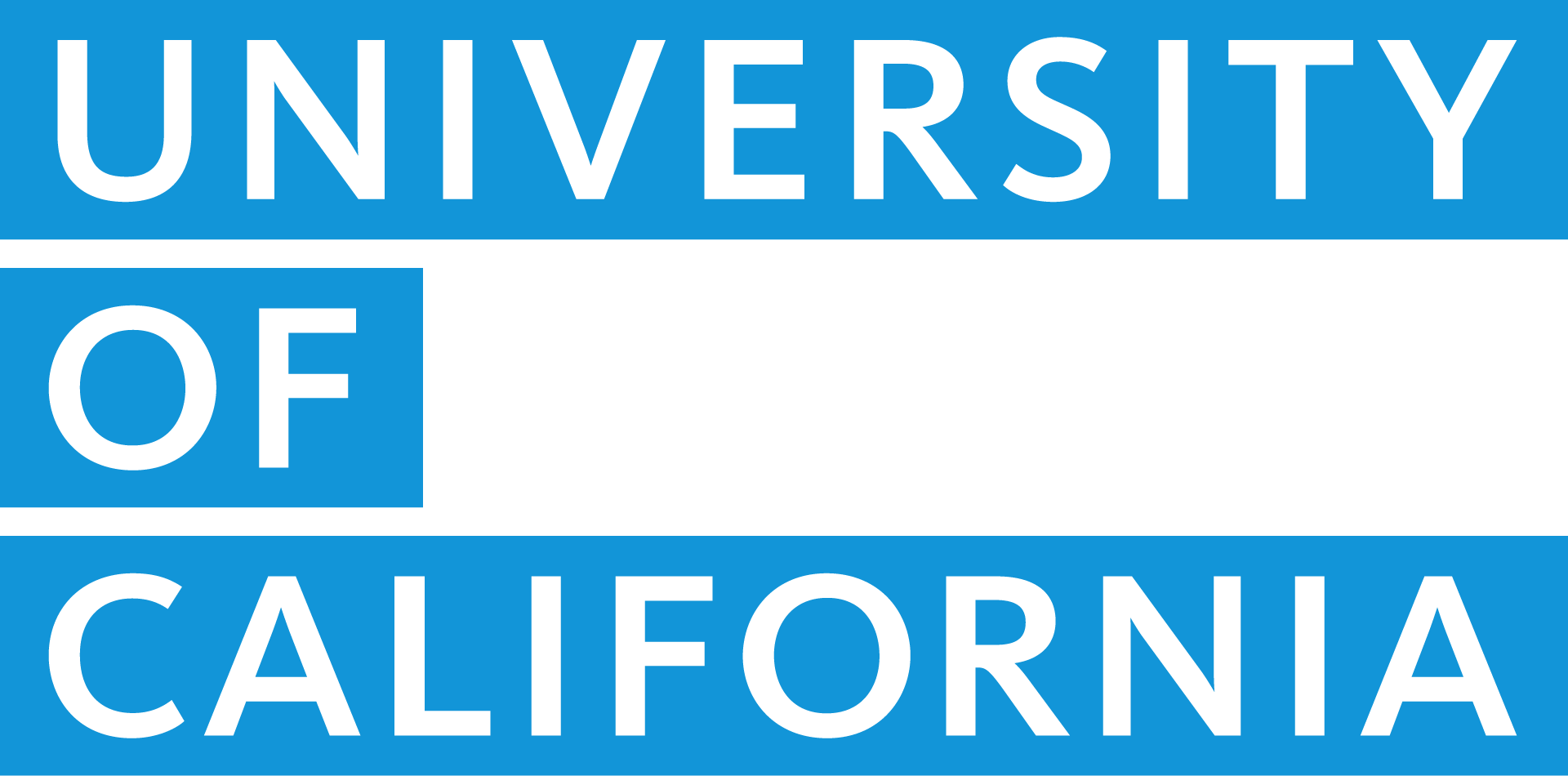Computing Resource Manager
Computing Resource Manager I – 7282
Computing Resource Manager II – 0740
Computing Resource Manager III – 0741
April, 1986
Series Concept
Computing Resource Managers plan, organize, and direct the activities in a computing organization (systems software and/or computer center operations or applications projects) and perform other related duties as required.
This series is differentiated from the Programmer/Analyst IV and V classes
insofar as incumbents in the Computing Resource Managers series typically
plan the budget and staffing requirements; represent the organization in
discussions with departments and outside organizations; and participate in
planning the long-range goals and objectives of the organization.
Programmer/Analyst IV and V are not expected to perform in that capacity.
In addition, incumbents select, train and supervise professional and/or
technical staff; schedule work and establish priorities. Work is reviewed in
terms of meeting the goals and objectives of the organization. Because of the
level of these positions, the consequences of the efforts of incumbents are
significant, varying by the scope of the organization in which they work.
Reference attached “Definition of Terms” for the definitions describing the size of the computing environment and the complexity of tasks for positions
classified as Computing Resource Managers.
Class Concepts
Positions are assigned to Levels I, II, or III based on the following
criteria:
Computing Resource Manager I
Under direction, incumbents:
Manage and plan systems software AND operations for a small computer center;
OR
Manage and plan systems software OR operations for a medium-sized computer center.
Computing Resource Manager II
Under general direction, incumbents:
Manage systems software AND operations of a medium-sized computer center;
OR
Manage complex application projects using a medium-to large-sized computer center;
OR
Manage systems software OR manage operations of a large computer center.
Computing Resource Manager III
Under general direction, incumbents:
Manage systems software AND operations for a large computer center;
OR
Manage multiple, complex application projects with campus-wide impact using a large computer center.
Minimum Qualifications
Applicants for positions in the Computing Resource Manager series are expected to possess the skills, knowledge, and abilities essential to the successful performance of the duties assigned to the positions
NOTE: Specific qualification requirements are approved by the Personnel
Manager in accordance with the provisions of Staff Personnel Policies
210.8 and 210.9.
Definition of Terms
The accepted definition of terms describing the size of the computing environment and the complexity of tasks for positions classified as Computing Resource Managers and Programmer/Analysts are as follows:
Computer Center – Small
An organization responsible for operating at least one minicomputer, for operating computers supporting up to 100 workstations con currently, or for support of more than 50 microcomputers.
Computer Center – Medium
An organization responsible for operating at least two
minicomputers with different operating systems supporting 100-300 work stations, one mainframe computer supporting 100-300 work stations concurrently, or more than one mainframe computer.
Computer Center – Large
An organization responsible for operating at least three mainframe computers or one mainframe computer supporting more than 300 work stations concurrently.
Routine Applications Programs
An application program using compiled language which reads up to two files, performs processing involving arithmetic operations, character search or sorting, and creates output.
Moderately Complex Applications System
An integrated set of up to five user written programs using compiled language which read from multiple files or Data Base
Management System (DBMS) based data base; processes
intermediate files using arithmetic functions, character manipulation, and sorting; writes the processed data to one of
several output files based on processing results; and produces multiple outputs.
Complex Applications Systems
A highly integrated set of programs with the following: each program using compiled language may read multiple files or a
DBMS based data base; process intermediate files using the full range of software functions available; write the processed data to multiple output files based on processing results; update the master files, if any, with a capability for full error recovery; and produce multiple output.
Routine Software Packages
Vendor supplied and maintained sets of programs which do not require modification of the operating system (systems software) to install nor user configuration.
Software Packages of Moderate Complexity
Vendor supplied and maintained sets of programs which do not require modification of the operating system to install, but do require user configuration during the installation process.
Complex Software Packages
Vendor supplied and maintained sets of programs which require modification of the operating system (systems software) to install.
Operating Systems Software
Software that is fundamental to the operation and maintenance
of a computer system, often vendor-supplied. It serves as an interface between the hardware and programs written to support
applications.
